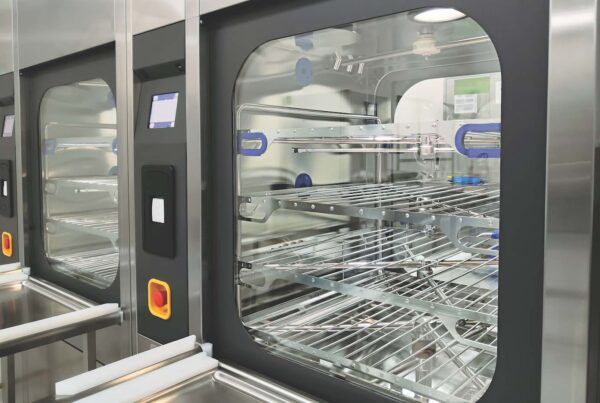Introduction
Bon Secours is a leading healthcare system in the Richmond, Virginia market. The system’s leadership is committed to the mission of “improving the health and well-being of our communities and bringing help to those in need, especially people who are poor, dying and underserved.” Bon Secours of Virginia provides a wide range of services at multiple hospitals and outpatient facilities, including access to 24-hour emergency departments.
Situation
The Richmond, VA Bon Secours healthcare system utilizes an Offsite Reprocessing Center (ORC) that provides sterilization services to the various facilities in the system. Operating room personnel at both St. Mary’s Hospital and Memorial Regional Medical Center routinely delayed first cases, reporting an excess of trays not processed before the first case of the day, holes in wrappers, and visibly soiled instruments. Although continual errors were reported, there was no mechanism for auditing in place to determine the root cause of the errors. During an assessment completed by Surgical Directions, it was revealed that IUSS processes were higher than national benchmark levels with no documented evidence of the reason. The ORC reported a staff shortage and practice deviations among the staff.
Furthermore, the ORC was also siloed and having a difficult time communicating effectively with the OR staff at the hospitals to understand their needs. As part of the assessment it was discovered that the results of the issues were exhibited throughout the system operating rooms. The system needed the ORC staff to be trained and prepared for certification and insights into how to organize the department to run more efficiently. Moreover, the ORC and the OR personnel at the various facilities needed to improve their communication to better serve the facilities and increase surgeon satisfaction throughout the system. Senior leadership agreed with the findings of the assessment regarding the acuity of the situation and engaged with Surgical Directions to help stabilize the department and provide solutions to a systemic problem, that was causing surgeon complaints.
Solutions
To address the complex systemic issues, Surgical Directions recommended a nine-month engagement with a multifaceted approach to bringing policies and practice standards to meet AORN & AAMI standards, developing robust SPD processes, and providing educational resource guidance:
- Use predictive analytics to create a department staffing model to align existing staff shifts with busiest times at the ORC
- Stabilize the departments’ daily operational challenges • Implement quality feedback tools for improved communication with the OR staff at each hospital • Update policies with AAMI Standards to support best practice throughout the system
- Implement “One Tray” system
- Develop dashboard metrics to track progress
Results
The department’s transformation was led by the Surgical Directions team in close collaboration with senior leadership.
- Realigned staffing to adequately meet demands and have the correct number of staff at the correct time of day resulting in a decrease in unprocessed trays to fewer than 20 trays in the morning, improving First Case On Time Starts by 14% – 43% across the facilities serviced by the ORC
- Staffing analysis revealed the need for 6 additional FTEs to adequately meet the demands including the increase in volume by over 500 cases across the two largest hospitals in the system
- Trained over 30 employees to become more efficient, increasing productivity in the department instruments sets processed daily resulting in a reduction in turnover times ranging from 2-6 minutes across the facilities serviced by the ORC
- Implemented standardized instrument sets for orthopedics, general surgery, and robotics, saving on cost of varied instrument sets by specialty
- Updated written policies and procedures to reflect changes and reinforce accountability
- Developed bidirectional Quality Feedback tools to improve communication & collaboration between the OR staff and the SPD staff



